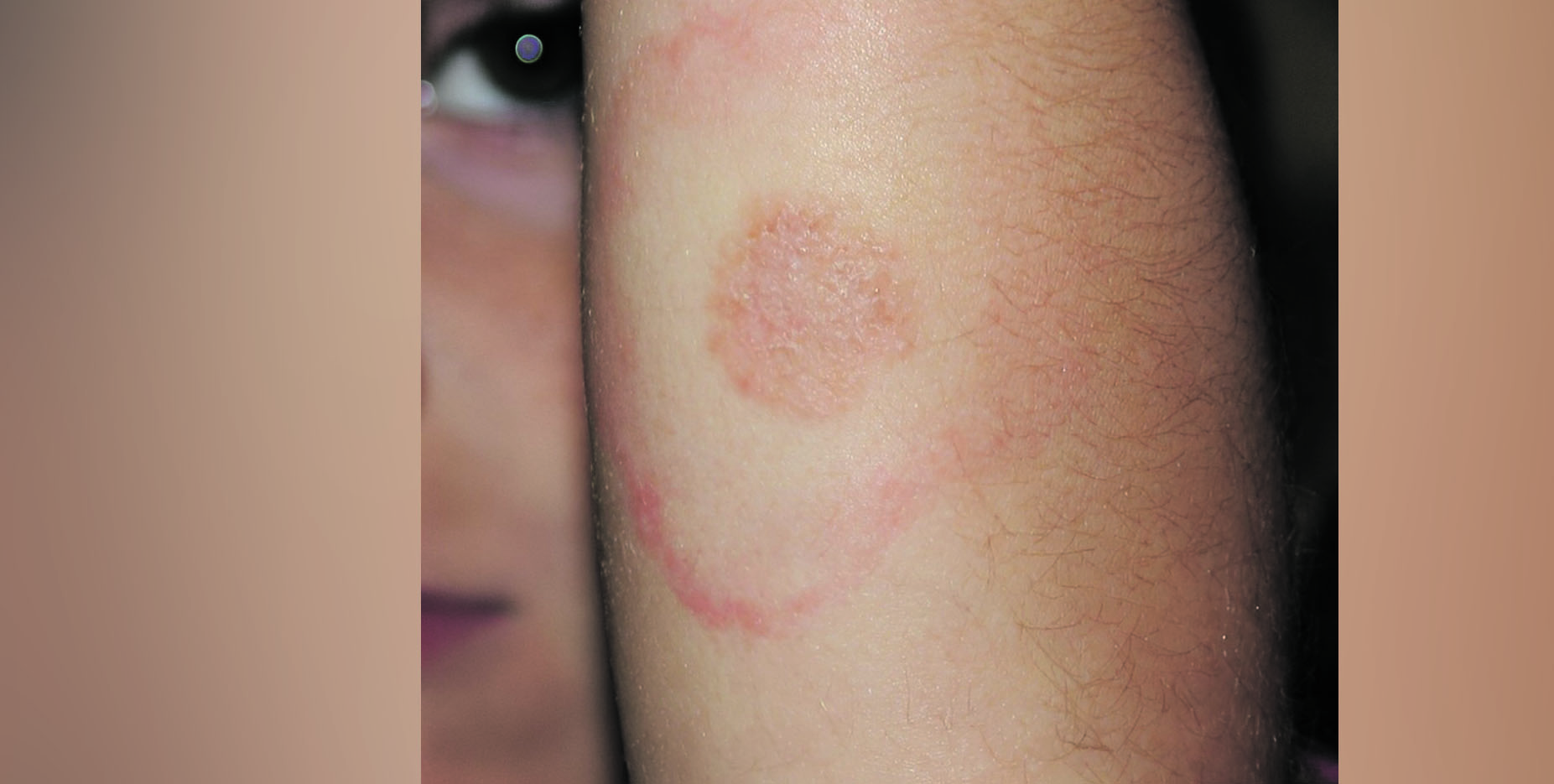
After the wet start to the year, the UK is finally experiencing some warmer, drier weather, and as more people start to head outdoors for walks and picnics, the UK Health Security Agency (UKHSA) has issued a warning to raise awareness about Lyme disease.
Lyme disease is spread through tick bites, which are caused by small spider-like creatures. Ticks are typically found in long grasses and woodlands and attach themselves to passing animals, after which they can bite and pass on tick-borne diseases such as Lyme disease.
Cases of Lyme disease are still relatively low in the UK, with around 1,500 laboratory-confirmed cases each year and an estimated 1,000 to 2,000 cases diagnosed from clinical symptoms. However, the accurate number of cases is presumed higher as many people may not realise they have the disease, and there are concerns that the number of cases is rising.
Case reports of Lyme disease increased by a third last summer; between April and September 2023, England witnessed a rise in Lyme disease cases, with 882 acute instances compared to only 635 the previous year (latest figures from UKHSA).
What is Lyme disease?
Lyme disease is caused by a bacterium (Borrelia burgdorferi), which can be present in certain types of ticks. The bacteria are then passed on when the tick bites a host animal.
Ticks live in grassy areas and woodlands, and their primary hosts are usually mammals such as deer, sheep, and birds, but they will bite any warm-blooded animal they can attach themselves to and may include family pets, such as cats and dogs, and humans.
They bury their heads into the skin and take a blood meal; the bite is often painless, so you may not even realise you have been bitten. As ticks are small, around the size of a poppy seed, they can easily go unnoticed.
Symptoms and treatment of Lyme disease
One of the early signs of Lyme disease is a circular or oval-shaped rash around the bite, which can look a bit like a bull’s eye on a dartboard. This rash usually appears within one to four weeks, but it can take up to three months to develop. The rash may be harder to see on darker skin and may look like a bruise.
Common symptoms of Lyme disease include a high temperature, and flu-like symptoms such as feeling sick, muscle and joint pains, tiredness, and headaches.
If treatment is delayed, some people may develop more severe symptoms, which can include severe joint pain and stiffness, particularly in the knees and other large joints; numbness and/or tingling in the hands and feet; inflammation of the brain and spinal cord; dizziness; and heart palpitations.
If you have been bitten by a tick or your doctor thinks you might have Lyme disease, they will prescribe a course of antibiotics to treat the bacterial infection. The antibiotics you’re given will depend on your symptoms, but they are usually effective in treating the disease.
How to prevent Lyme disease
It is important to check for tick bites (and check on your pets too) after you have been in an area with long grass or woodlands where there are ticks. As the tick embeds its head into the skin, care needs to be taken when removing it so as not to leave the head part in the skin (advice can be found online on the NHS website).
Tweezers or a specialised tick-removal instrument should be used, or you should seek medical help if you are unsure. Once the tick is removed, clean the bite with soap or an antiseptic.
It’s also important to seek treatment if you think you’ve been bitten by a tick, as, while most tick bites are harmless, around 10% of ticks in the UK carry Lyme disease. If you develop any flu-like symptoms after a tick bite, see your GP. Bite prevention is an important step to reduce the risk of getting Lyme disease.
Preventive measures include:
Avoiding long grass and sticking to pathways.
Using insect or tick repellent.
Wearing long sleeves, trousers, and shoes, with trousers tucked into socks.
Wearing light-coloured clothing to spot ticks easily.
Checking for ticks on yourself, children, and pets after outdoor activities.
Wearing permethrin-treated clothing in high-risk areas.
Areas in Southwest and Southeast England, as well as London and Scotland, have the highest risk for Lyme disease in the UK.
Photo: Rash indicative of Lyme disease on the arm of a 5-year-old girl, with a ringworm infection in the middle. (Credit: Ltshears/Wikimedia)
Rachel Kayani